There are some popular movies and their portrayals of sleep, these movies use sleep in diverse ways to advance their plots, explore characters’ inner worlds, and evoke emotions ranging from fear and longing to whimsy and humor. Sleep serves not only as a physiological necessity but also as a powerful narrative tool in storytelling.
However, these movies use sleep not only as a physiological state but also as a narrative device to explore themes such as identity, reality vs. illusion, mental health, intimacy, and creativity. Sleep becomes a symbolic realm where characters confront their fears, desires, and inner turmoil, enriching the storytelling and engaging audiences on deeper thematic levels.
Table of Contents
ToggleList of popular Movies- portrayals of sleep
Here are some examples of popular movies and how they portray sleep:
1. Inception (2010):
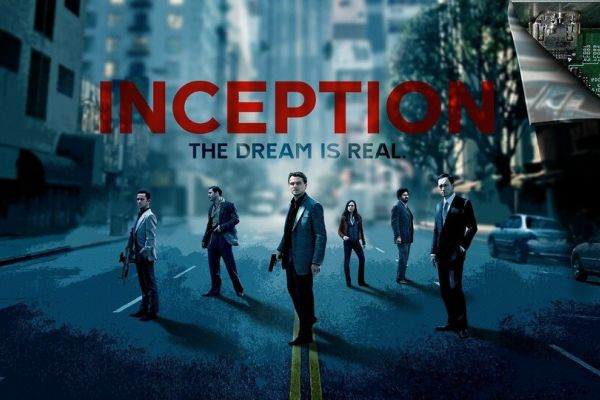
This movie called, Inception delves deeply into the concept of dreams and layers of consciousness, that blurring the lines between wakefulness and sleep. Also, it explores the idea of controlling dreams and the consequences of getting lost in them. It raises philosophical questions about the nature of reality and the power of the mind. This movie is Directed by Christopher Nolan and starring Leonardo DiCaprio, that explores the concept of entering and manipulating dreams for espionage purposes. The film is based on the idea of lucid dreaming, where individuals are aware of being in a dream state and can manipulate elements within it. While the technology depicted in “Inception” is fictional, the film touches on the fascination with dreams and the possibilities of controlling them, rooted in real theories of consciousness and dream science.
2. Fight Club (1999):
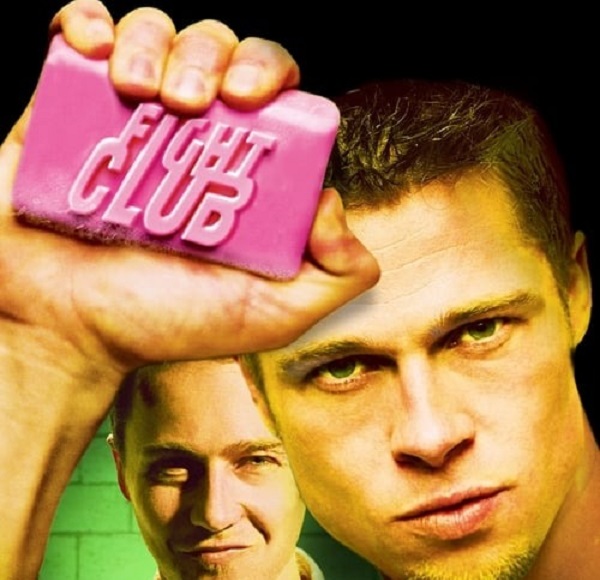
This movie, Fight Club where the protagonist suffers from chronic insomnia, which becomes a central theme in the movie. Sleep plays a significant role in his mental state and the unfolding of the story. The protagonist in “Fight Club” suffers from chronic insomnia, which disrupts his sense of reality and mental stability. Sleeplessness becomes a metaphor for his internal struggles and dissatisfaction with modern life. Likewise, the movie portrays sleep deprivation as a catalyst for his descent into an alternate identity and a radical lifestyle. This movie is directed by David Fincher and based on Chuck Palahniuk’s novel, “Fight Club” explores insomnia as a central theme. The protagonist who is known as Edward Norton suffers from chronic insomnia, that exacerbates his disillusionment with modern life. The protagonist’s insomnia plays a vital role in his mental state and eventual development of dissociative identity disorder, where he creates an alter ego.
3. Sleepless in Seattle (1993):
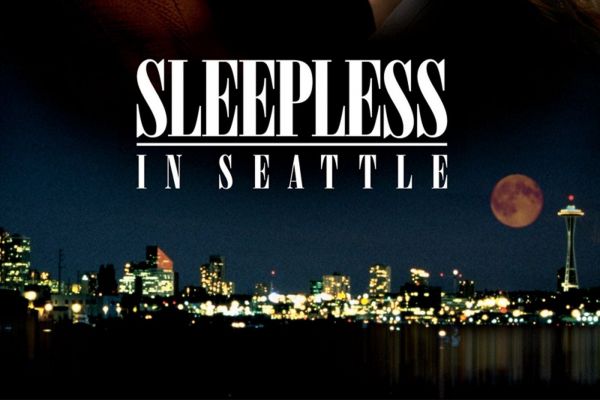
This movie, Sleepless in Seattle is a romantic comedy movie which uses the idea of sleeplessness as a metaphor for longing and loneliness. The characters in this movie have sleep habits and dreams that play into the themes of connection and love. The director of the movie is Nora Ephron where the protagonist’s sleep habits, particularly his insomnia, reflect his grief and struggle to move on from his late wife. In this romantic comedy, sleep represents a time of longing and solitude for the characters. Sleep becomes a thematic element that contrasts with the hopeful search for connection and love.
4. Black Swan (2010):
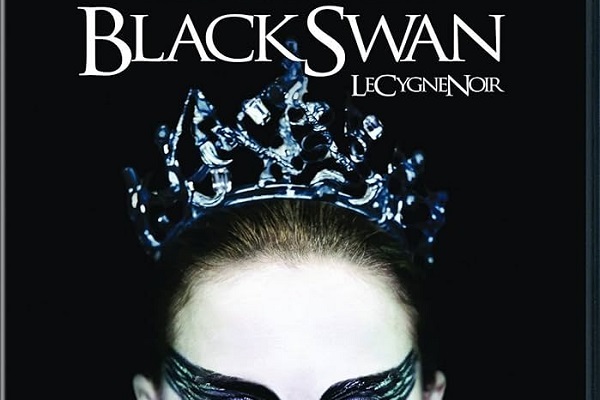
This movie, Black Swan, a movie that explores the psychological toll of obsession and perfectionism through the protagonist’s increasingly vivid and disturbing dreams and hallucinations. The director of this movie is Darren Aronofsky, who uses sleep, particularly dreams and nightmares, to delve into the protagonist’s unravelling psyche. As she becomes increasingly consumed by her role in the ballet and her pursuit of the model, her dreams blur with reality, leading to hallucinations and psychological horror. Sleep becomes a battleground where her deepest fears and desires manifest.
5. A Nightmare on Elm Street (1984):
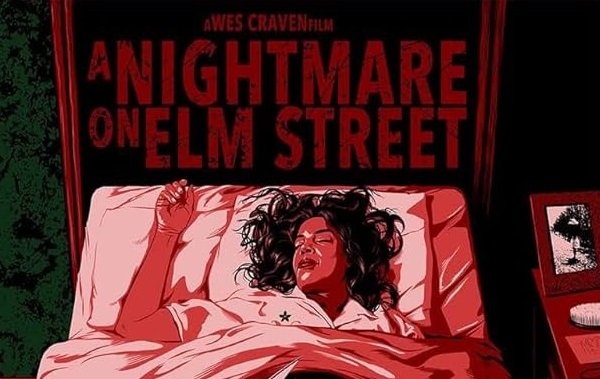
This Movie, A Nightmare on Elm Street is where Freddy Krueger haunts teenagers in their dreams, blurring the boundaries between waking life and nightmares. This film, A Nightmare on Elm Street uses sleep as a terrifying concept where sleep becomes dangerous. In this horror concept movie, sleep becomes a dangerous reality where Freddy Krueger terrorizes teenagers. The movie plays on the vulnerability of sleep, where nightmares can become deadly realities. Sleep is depicted as a place of fear and vulnerability, where the boundaries between dreams and waking life are blurred. This movie is directed by Wes Craven, this horror classic revolves around Freddy Krueger, a villain who haunts and kills teenagers in their dreams, which leads to their death in the real world. Sleep is depicted as a vulnerable state where individuals are hunted by their worst nightmares. This film was inspired by real-life reports of Southeast Asian refugees who died in their sleep after experiencing severe and unexplained nightmares.
6. The Science of Sleep (2006):
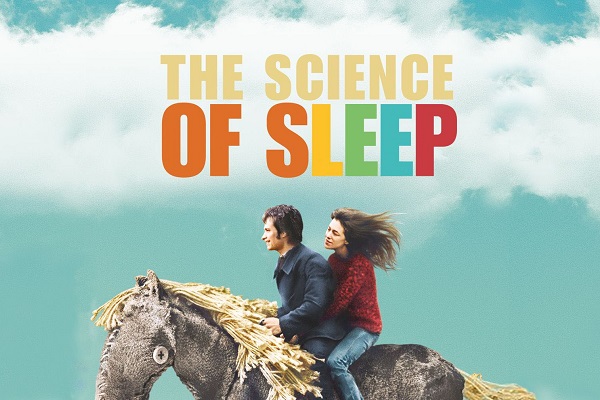
This movie, The Science of Sleep explores the whimsical and surreal nature of dreams versus the mundane reality of waking life. This movie plays with the idea of creativity and imagination through dreams. This film explores the imaginative and whimsical nature of dreams. The protagonist’s dreams are portrayed as vibrant and surreal, reflecting his creativity and inner world. The movie blurs the lines between dreams and reality, emphasizing how dreams can inspire and influence one’s waking life. The film follows the life of Stéphane Miroux (played by Gael García Bernal), a young man who struggles with distinguishing dreams from reality. Stéphane moves back to Paris and begins working in a mundane job while navigating his vivid dreams. The story explores his romantic feelings for his neighbour, Stéphanie (played by Charlotte Gainsbourg), blurring the lines between dreams and reality throughout.
7. Before Sunrise (1995):
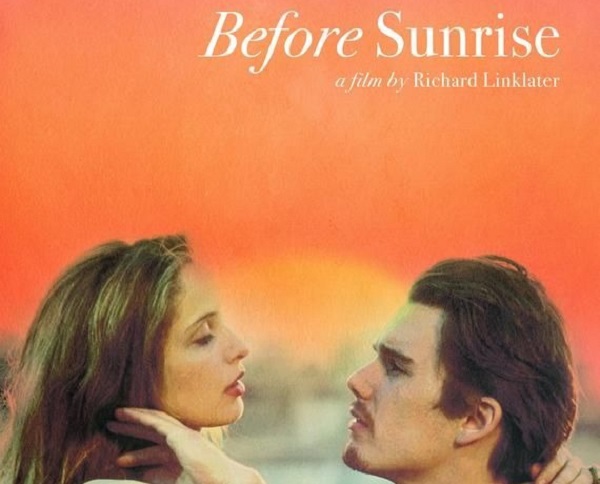
This movie, Before Sunrise is a movie that features a couple who spend a night together exploring Vienna. Sleep and the passing of time play into their intimate conversations and the fleeting nature of their connection. In this romantic drama, sleep plays a role in the protagonists’ fleeting connection. They spend a night together in Vienna, engaging in deep conversations and exploring the city. Sleep becomes a natural pause in their journey. Jesse and Céline meet on a train travelling through Europe. Jesse, an American traveller, convinces Céline, a French student, to disembark with him in Vienna. They decide to spend the night walking through the city, getting involved in deep conversations about life, love, and their personal philosophies.
8. The Big Lebowski (1998):
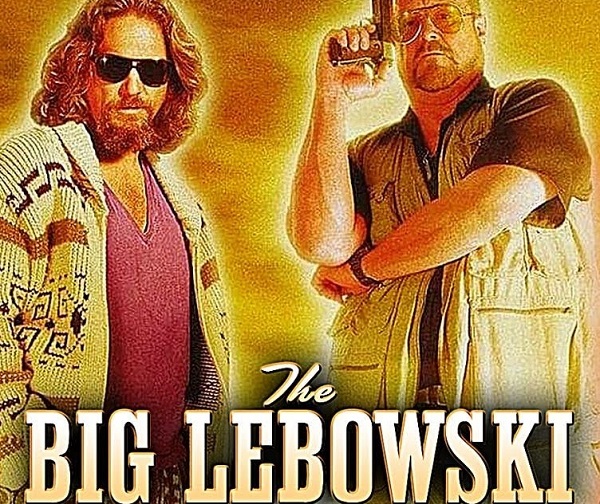
This movie, The Big Lebowski a film that includes surreal dream sequences that provide insight into the main character’s psyche and add to the quirky humour of the movie. Sleep and dreams provide a canvas for surrealistic storytelling and imaginative visuals to this movie. The film follows Jeffrey “The Dude” Lebowski (played by Jeff Bridges), an easygoing and laid-back man who becomes embroiled in a series of absurd events after being mistaken for a millionaire of the same name. Alongside his bowling friends Walter Sobchak (played by John Goodman) and Donny Kerabatsos (played by Steve Buscemi), The Dude navigates a convoluted plot involving kidnapping, mistaken identity, and eccentric characters in Los Angeles. The film’s portrayal of sleep and relaxation adds depth to its comedic and surreal exploration of identity, friendship, and the absurdity of human existence.
Conclusion
In conclusion, these popular movies use sleep not only as a physiological state but as a rich narrative device to explore profound themes and emotions. Each film has uniquely utilizes sleep to delve into characters’ inner worlds, confront fears and desires, and blur the boundaries between reality and illusion.
From the philosophy of dreams in “Inception” to the psychological unravelling in “Black Swan,” and the terror of nightmares in “A Nightmare on Elm Street,” sleep serves as a symbolic realm where storytelling reaches deeper thematic levels.
Movies like “Fight Club” and “Sleepless in Seattle” depict sleeplessness and longing, reflecting characters’ struggles and emotional journeys. “The Science of Sleep” and “Before Sunrise” use dreams and sleep as catalysts for creativity and intimate connections, while “The Big Lebowski” employs surreal dream sequences to enhance its comedic and existential exploration. However, all the popular movies and it is highly recommended to watch.
Overall, these films demonstrate the versatility of sleep as a narrative tool, illustrating its power to fear, longing, humour, creativity, and introspection. Through their portrayals of sleep, these movies engage audiences on multiple levels, enriching storytelling with layers of symbolism and emotional resonance.
| Inception (2010 | Explores dreams and consciousness, blurring reality and illusion. |
| Fight Club (1999) | Portrays insomnia as a catalyst for the protagonist’s identity crisis. |
| Sleepless in Seattle (1993) | Uses sleeplessness as a metaphor for longing and loneliness. |
| Black Swan (2010) | Examines the psychological toll of obsession through vivid dreams and hallucinations. |
| A Nightmare on Elm Street (1984) | Turns sleep into a terrifying concept where nightmares become deadly realities. |
| The Science of Sleep (2006) | Explores dreams versus reality and creativity. |
| Before Sunrise (1995) | Features sleep as a natural pause in a romantic connection. |
| The Big Lebowski (1998) | Uses surreal dream sequences for comedic and existential exploration. |
FAQs
2. Are there different genres that approach sleep differently?
Yes, genres like drama, horror, romance, fantasy, and thriller use sleep differently to evoke fear, longing, humor, creativity, and existential contemplation.
3. What themes do these movies explore through their portrayals of sleep?
These movies explore themes such as the nature of reality, mental health struggles (including insomnia), relationships (loneliness, intimacy), creativity, and existential questions about identity and purpose.
Also, read more about Diving into REM: Understanding its Significance and 7 Strategies for Enhancing Your REM Sleep
